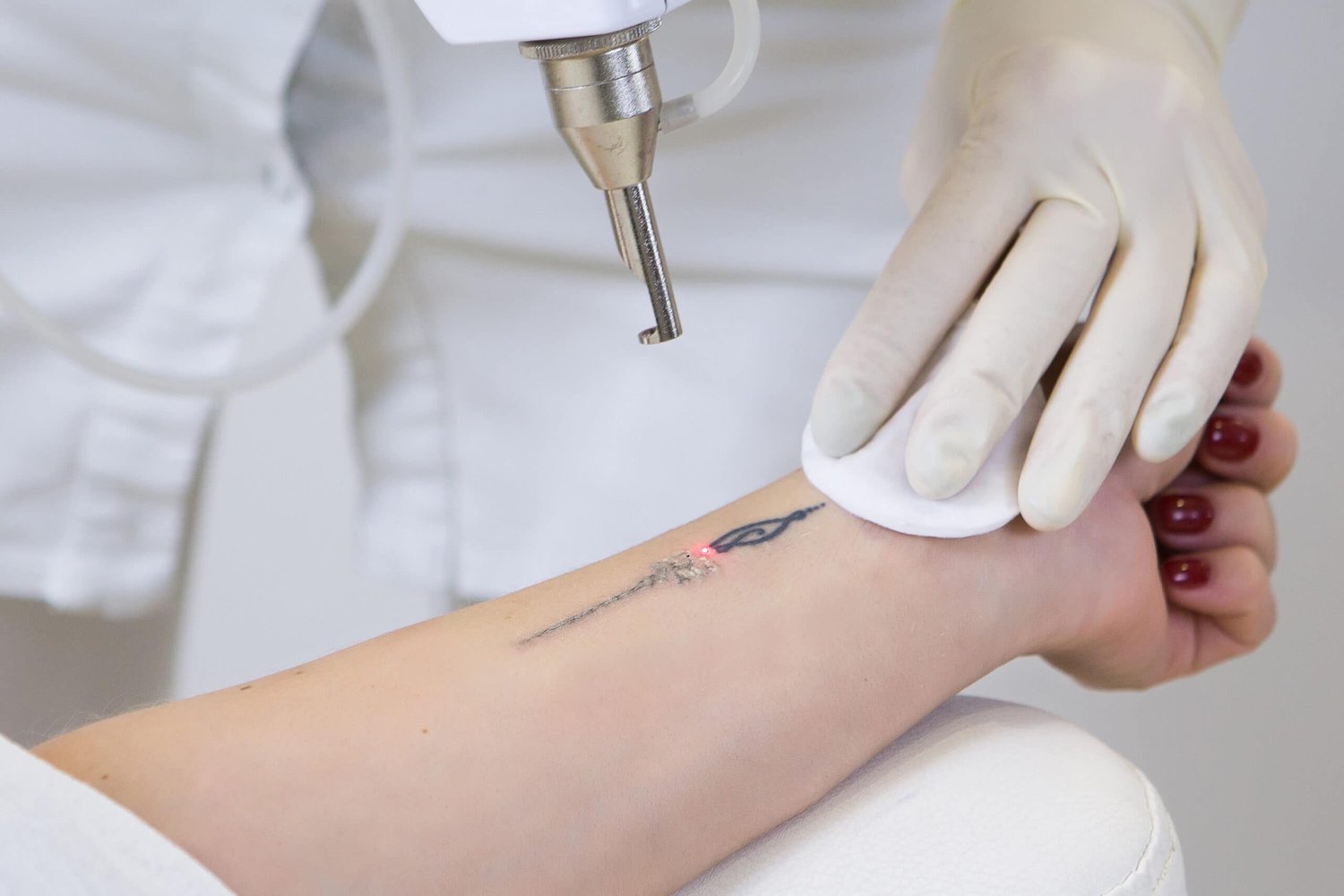Tattoos, once considered permanent fixtures on the skin, are now increasingly being removed using advanced techniques such as laser therapy. While the decision to remove a tattoo is a significant one, many individuals are curious about the timeline of the removal process.

How long does it take to remove a tattoo?
Let's explore the factors that influence the duration of tattoo removal and what individuals can expect throughout the journey.
Number of Sessions:
The number of sessions required for Tattoo Removal in Riyadh varies depending on several factors, including the size, color, and complexity of the tattoo, as well as the individual's skin type and the quality of the tattoo ink. In general, most tattoos require multiple treatment sessions spaced several weeks apart to achieve optimal results. Smaller tattoos may require fewer sessions, while larger or more intricate tattoos may require more sessions to fully fade or remove.
Interval between Sessions:
The interval between tattoo removal sessions is crucial for allowing the skin to heal and the body to eliminate the fragmented ink particles. Typically, treatment sessions are spaced between 4 to 8 weeks apart, although this may vary depending on individual factors and the recommendations of the practitioner. Allowing an adequate interval between sessions helps minimize the risk of skin damage and promotes optimal results.
Ink Color and Depth:
The color and depth of the tattoo ink can also influence the duration of tattoo removal. Darker ink colors, such as black or dark blue, absorb laser light more readily and are generally easier to remove. Lighter colors like yellow, pink, or white may be more resistant to laser treatment and may require additional sessions for satisfactory results. Additionally, tattoos that are deeper in the skin may require more sessions to fully break down the ink particles.
Skin Type and Healing Ability:
Individual differences in skin type and healing ability can impact the response to tattoo removal treatment. Factors such as skin type, age, overall health, and lifestyle habits can influence the speed of healing and the body's ability to eliminate the fragmented ink particles. Individuals with healthy skin and robust immune systems may experience faster results compared to those with compromised skin or underlying health conditions.
Practitioner Expertise and Technology:
The expertise of the practitioner performing the tattoo removal and the quality of the laser technology used can also affect the duration of treatment and the overall outcome. Experienced practitioners who specialize in tattoo removal and use state-of-the-art laser devices can often achieve faster and more effective results compared to less experienced practitioners or outdated technology.
Managing Expectations:
It's essential for individuals considering tattoo removal to have realistic expectations and to understand that the process takes time. While significant fading or removal of the tattoo can often be achieved, complete removal may not always be possible. Consulting with a qualified dermatologist or tattoo removal specialist can provide valuable insights into the expected timeline and potential outcomes based on individual factors.
Conclusion:
In conclusion, the duration of tattoo removal varies depending on factors such as the size, color, depth of the tattoo, as well as individual factors like skin type and healing ability. Most tattoos require multiple treatment sessions spaced several weeks apart to achieve optimal results. By understanding the factors that influence the timeline of tattoo removal and managing expectations accordingly, individuals can embark on their tattoo removal journey with confidence and clarity.
